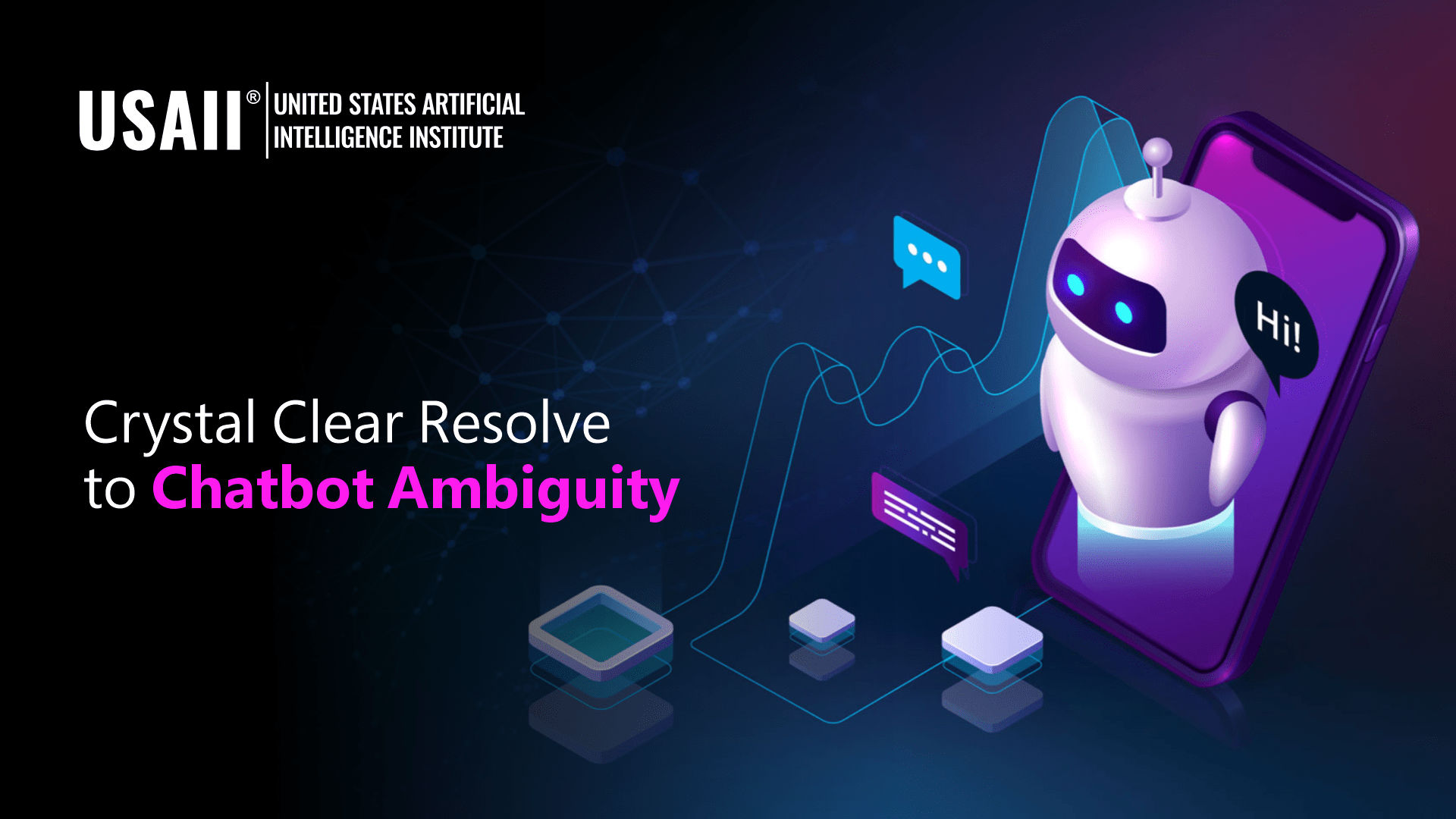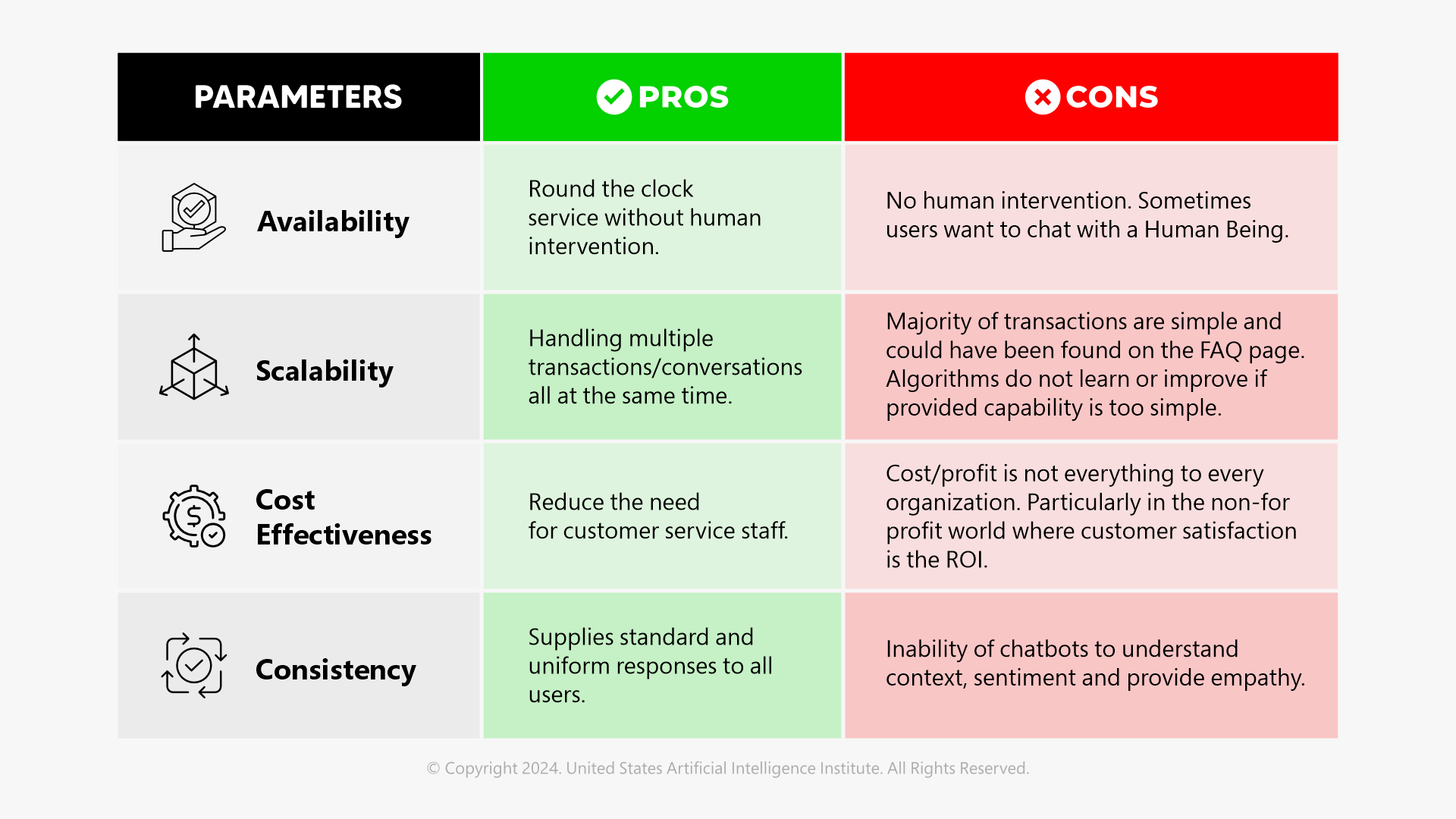
You are in the middle of trying to resolve a billing issue with your cable company. You are strapped for time and want to multitask so instead of calling you click the organization's Chatbot option. You quickly type your billing issue and hit submit. Because your question is not straightforward instead of a quick correct response, you are now inundated with prompts and pleasantries that are not needed. You are even prompted to provide details on why you are reaching out, but wait, the information was entered already. You give up and type in “I want to chat with a human”. So, as the title says, you got caught up in a chatbot that is just a “FAQ wolf in AI clothing”.
This type of “chat” goes on daily throughout the world and somehow organizations think that their Chatbot is providing some type of Customer Service to their client when the reality is, that they are supplying a glorified FAQ list disguised as a chatbot. This article will discuss the overuse of chatbots and the demonstrated laziness of organizations that use chatbots. It is easy to demonstrate that it negatively affects customer satisfaction more than it helps it. Why is all this relevant and worth discussing? Because; too many companies rely on Chatbots as a cost-effective way of communicating with their customers as opposed to providing true customer service and resolving their issues quickly and correctly.
A chatbot is a computer program designed to simulate conversations with humans. Chatbots leverage several AI technologies to duplicate human conversation and are supposed to improve user interaction while supplying immediate answers and feedback. Chatbots are a real-time alternative to a phone call, texting, email, or FAQs. Chatbots should provide customer support, answer questions, and even participate in conversation. NLP – Natural Language Processing is a major part of Chatbots. It is a component of AI that allows computers to understand and interpret human language.
Machine Language is also being utilized. ML is a subset of AI and uses algorithms to learn from interactions and improve over time. Chatbots utilize ML to make use of both Supervised learning (data with labeled datasets used to train the chatbot) and Unsupervised learning (identify patterns in data without labeled datasets) as well as Reinforcement Learning (a subset of ML) to learn from feedback and trial and error.
So, what does this all mean? It means if you are utilizing a chatbot and ask a very straightforward question like “How can I get my bill?” you will get the answer directly. But here is the thing, they could go to a FAQ page to get that answer. Let us bring it up a notch and ask a more complicated question. Something like “Why is my bill showing a credit since I did not overpay last month, this has been happening every month and I am getting frustrated”. There is a strong possibility that you will receive the same answer to this question as you would when asking the first simple question “How can I get my bill”? What happens next? You start getting irrelevant prompts and things like “Thank you”, “did that answer your question” and “Can we sell you something else?”. It is just simple, many if not all chatbots are examples of rules-based AI that use pre-defined rules and paths to respond. In addition, chatbots are developed using decision trees (logical flowcharts that map out possible user inputs and expected responses) that have implied constraints and defined logic paths.
These described chatbots are great for handling simple, repetitive questions/tasks. They are more like an automated FAQ page. If you are asking questions or progressing in the same direction as the algorithm then you are OK. But if you deviate then your experience will be less satisfactory, or you will inevitably type in “Can I chat with a human”.
So, what is the problem here? There are a few. One, many organizations put out chatbots too early. Chatbots need large amounts of historical data to train and “learn”. If you do not have the data to train the chatbot appropriately then do not offer the chatbot as a substitute for a human being. This is particularly important for new or start-up organizations. All these companies on social media offer products made outside the US and offer significant discounts and reduced pricing but provide the weakest and limited form of customer service, an untrained chatbot with limitations that frustrate your customer.
Another concern is that not every company’s ROI is financial profit. Non-profit organizations(healthcare) are examples where ROI is customer satisfaction. So yes, these organizations can use chatbots to reduce the cost of labor regarding customer service, but that decision can cause unhappy customers and members. So, in the scenario, it would negatively impact ROI.
Another challenge with chatbots is their restricted ability to pick up on sentiment and context. Chatbots are challenged with understanding the sarcasm, frustration, and general emotions of the users. Again, in a profit-driven organization that might be OK but in a non-profit where ROI is customer satisfaction this is a complete failure.
How do we solve this problem or at least take steps in the right direction? First off, start-ups or new companies should avoid chatbots unless they are trained with a significant quantity of data (before going live) and are not just a FAQ page disguised as a chatbot. Second, non-profits should consider the use of chatbots but perform a significant amount of training and offer the option to “pop out” of the chat and speak to a human. This should happen quickly and not involve multiple prompts or questions. Also, train your chatbots appropriately and adequately with Supervised and un-supervised data.
Another solution is to provide a Hybrid Model. A combination of both rules-based applications and machine learning, that make use of Neural Networks, to offer a solution that provides both the financial and customer service ROI. Neural Networks operate similarly to the human brain. They have multiple layers, but the responses or answers can be unpredictable and sometimes referred to as a black box. This can be tricky and sometimes provides unpredictable responses or answers to questions.
Here are the Pros and Cons of Chatbots

We discussed the overuse of chatbots and demonstrated the laziness of organizations that use chatbots. It is easy to demonstrate the case that, if not implemented correctly, a chatbot can negatively affect customer satisfaction more than it helps it.
Why is all this relevant and worth discussing? Because; too many companies rely on Chatbots as a cost-effective way of communicating with their customers as opposed to providing true customer service and resolving their issues quickly and correctly.
Chatbots have a place in our world and are a tremendous game changer that comes from the world of AI. In no way shape or form is this article saying that chatbots should not be utilized. The message is to utilize chatbots that are extensively trained on historical data. If an organization cannot do that then communicate to your customer the limitations and provide easy access to a human by text, email, phone, or chat. Or just point them to an FAQ page and hope they still do not need to chat with a human. I will argue that it is not the best solution for a startup or non-profit unless they have significant training data and make use of ML and Neural Networks to provide natural language-like responses that demonstrate an understanding of context, sentiment and provide empathy cause people are chatting because they have a problem.
When a user types 'I want to chat with a human,' they are not just looking to “pop out” from a frustrating chatbot interaction; they are recognizing that the promise of AI is being disguised as a FAQ page, causing customer disappointment. It is time for organizations to undress the 'FAQ wolf in AI clothing' and develop their chatbots to truly understand and address the complexities of human communication, ensuring that chatbots and AI tools enhance, rather than compromise, customer satisfaction
Follow us: